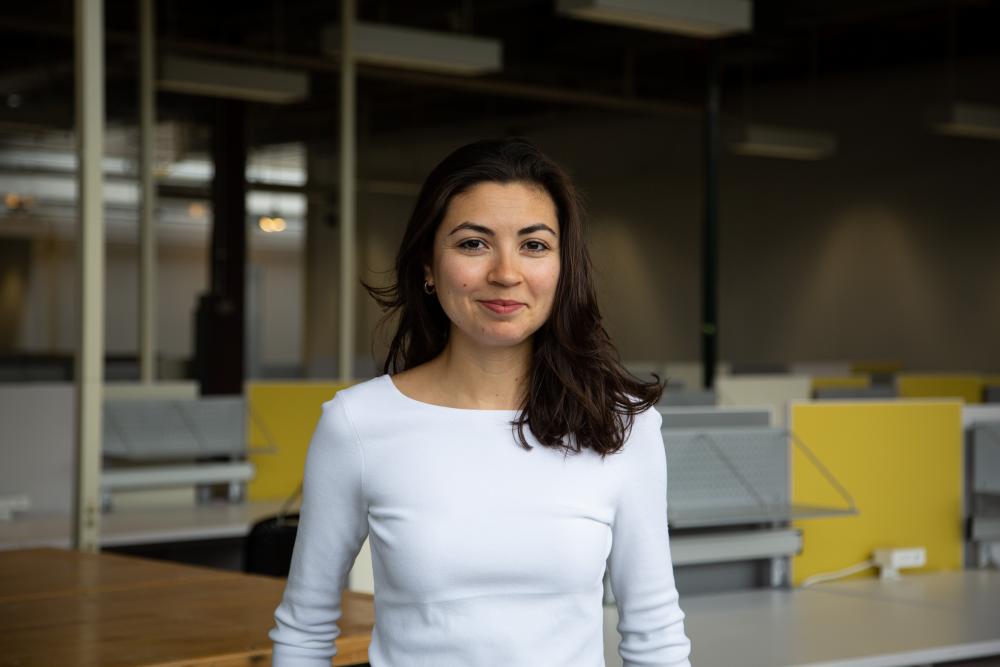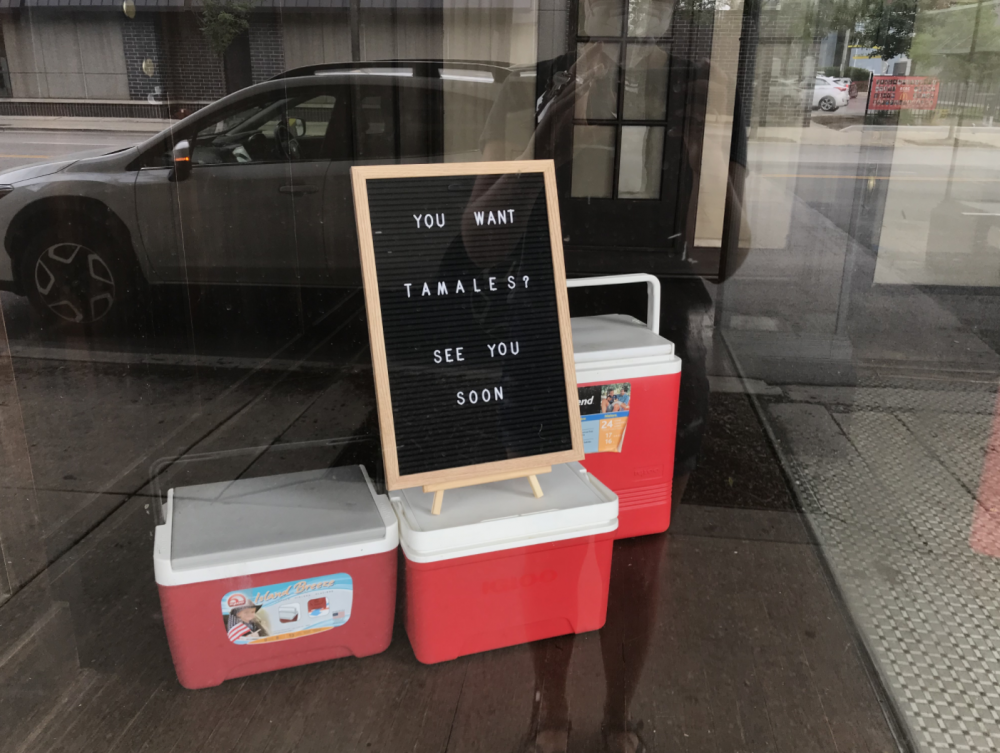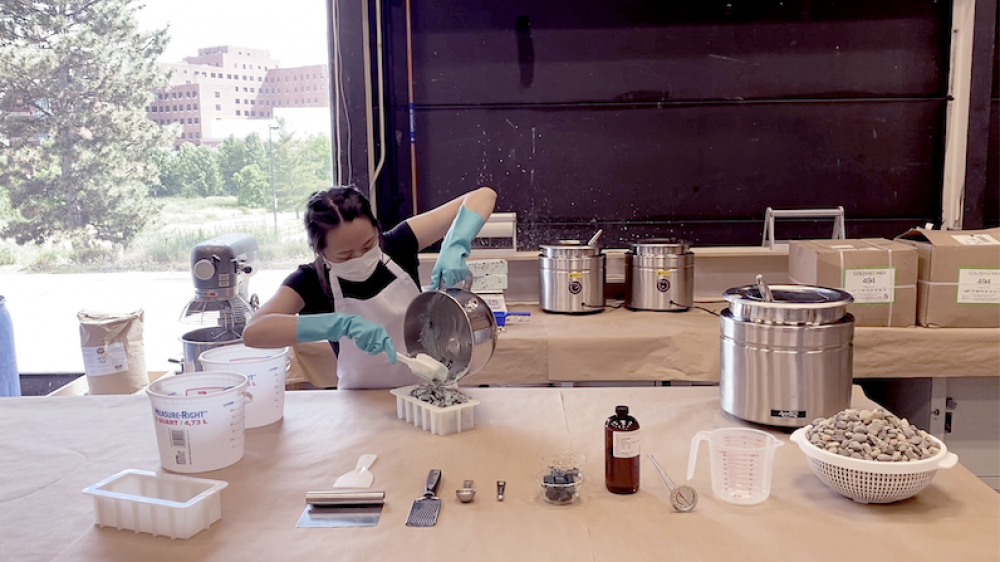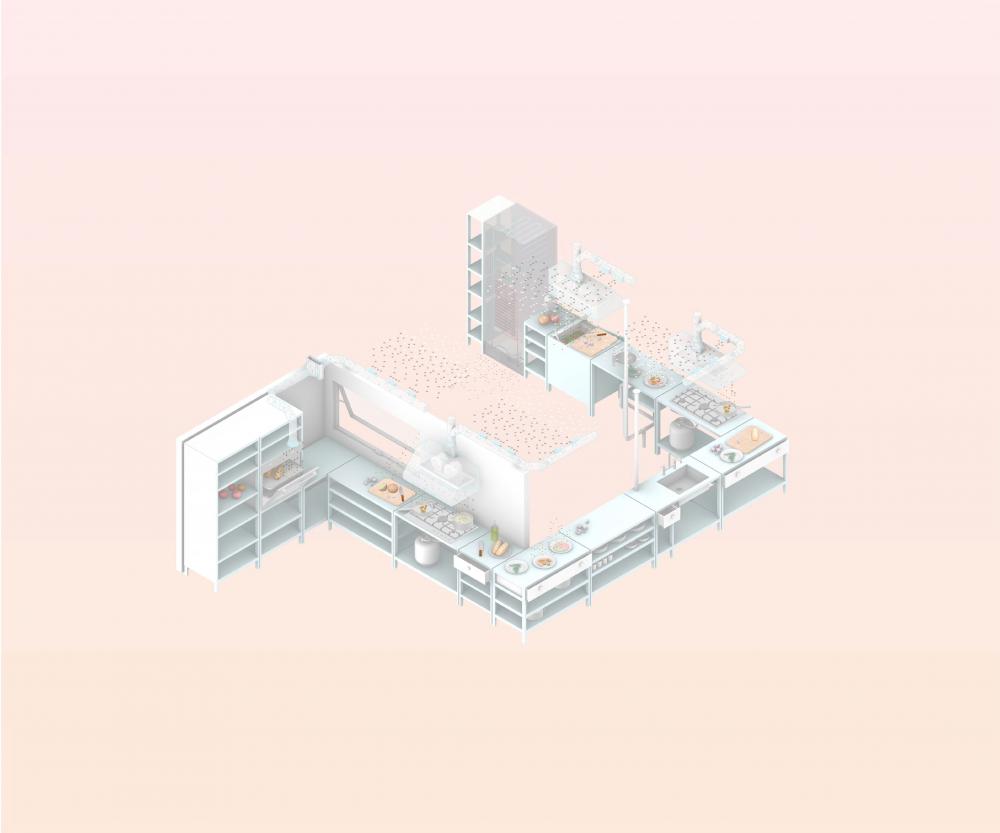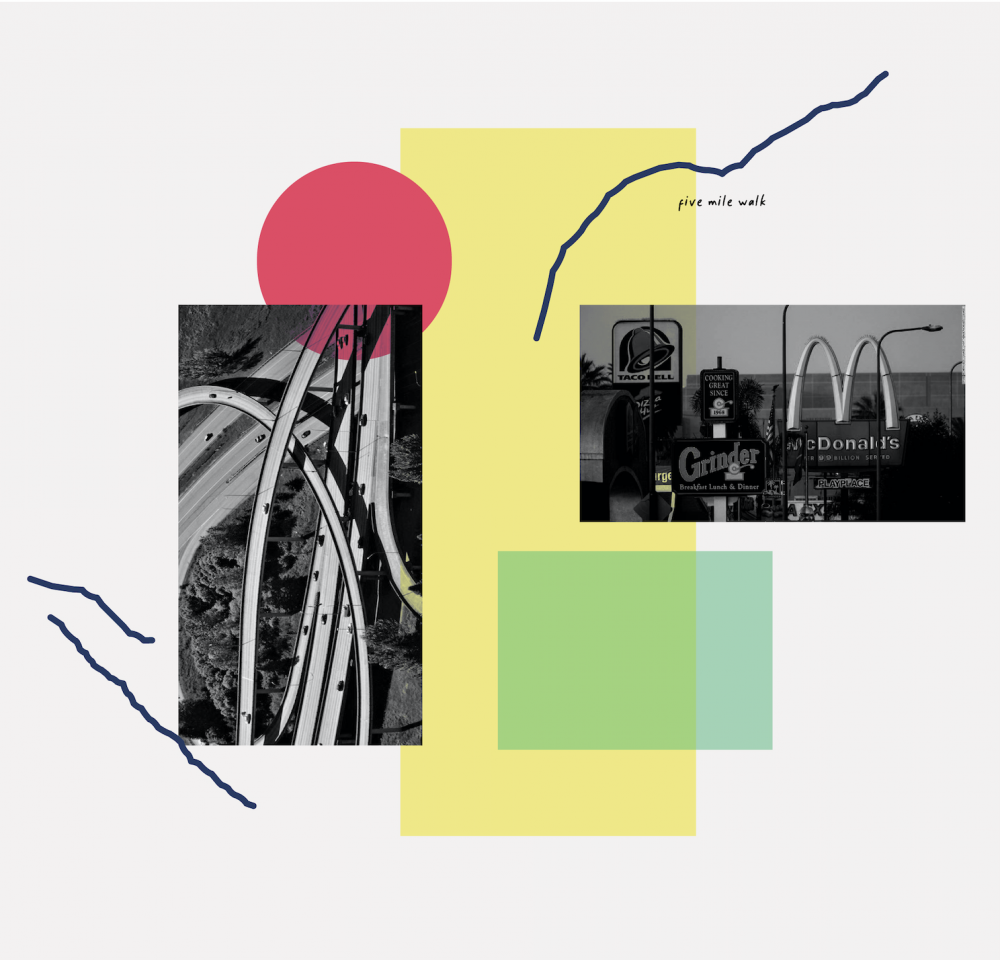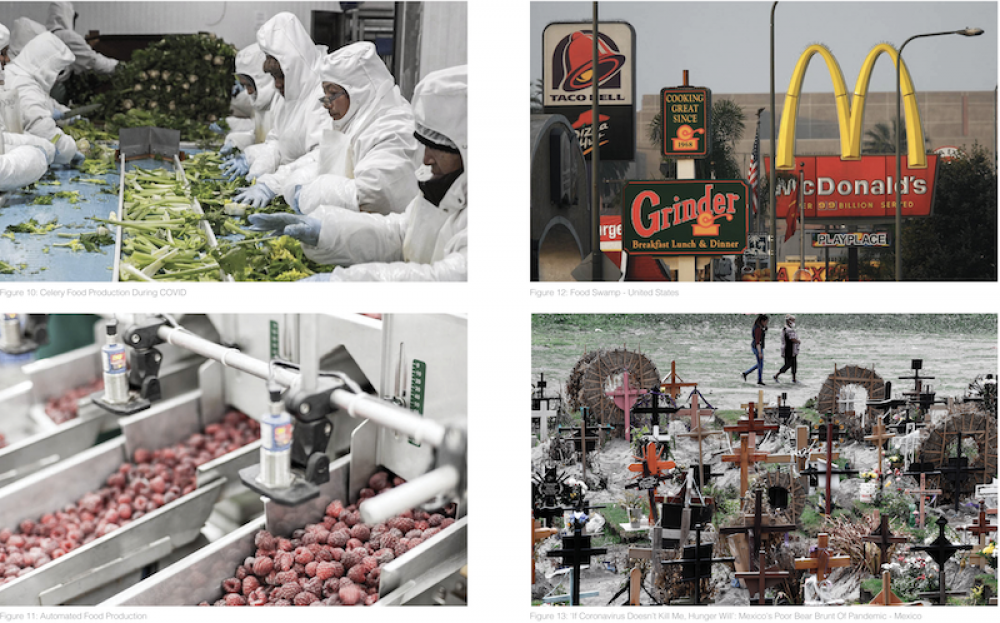Rice Architecture Visiting Critic Elizabeth Gálvez and Rice Architecture student Estefania Barajas (M.Arch. ‘22) have been named the winners of the Rice Design Alliance Houston Design Research Grant 2021.
Each winner will receive research seed funds in the amount of $6,000. In addition to funding aid, the winning proposal from each category will be published in Cite magazine, and the winners will present their projects at a lunchtime lecture at Rice Architecture.
Rice Architecture Visiting Critic Elizabeth Gálvez.
Rice Architecture student Estefania Barajas (M.Arch. ‘22).
The goal of the grant is to promote research on Houston-specific urban conditions that need urgent attention and that can make a significant contribution to the Houston community through quality design thinking.
This year’s grant focused on the spatial implications of urban food distribution and consumption systems in Houston and its region, including the existence of food deserts and lack of accessibility to quality food.
The two winning proposals in the faculty and student categories were selected from a pool of applications from a variety of schools from across Texas and the U.S., including the University of Texas at Arlington, the University of Michigan, the University of Houston, Texas Southern University, and Rice University. Research proposals addressed this year’s theme from a range of angles, including decentralizing food distribution through underused spaces to reimagining Houston’s community refrigerator network to bring free food to people in need.
The winners were selected by a six-member jury that included Margaret Wallace Brown, Director, City of Houston's Planning & Development Department; Juan José Castellón, Assistant Professor, Rice Architecture; Maria Nicanor, Executive Director, Rice Design Alliance; Tommy Garcia Prats, Founder and General Manager of Small Places; Justin Smith, Senior Associate, Walter P Moore; and Nicola Springer, Executive Vice President, Director of PK-12 Projects, Kirksey Architecture.
“Food accessibility is an urgent topic for communities in Houston and one that requires further research from a multiplicity of fields if we are to find the creative solutions that can address it. It’s an important topic that RDA is eager to continue exploring in future programming,” said Nicanor. “This year’s HDRG jury included architects, farming and education experts, as well as designers, urban planners, and engineers who provided invaluable feedback when reviewing a very diverse group of applications. Ultimately, the two winning proposals provided both a social and educational approach to the question of food accessibility, while also utilizing design tools that can help improve access to quality food for all.”
In the Faculty category, Gálvez’s application, “The Transgressive Kitchen: Collectivity and Food in Houston,” addresses issues of informal food distribution in Mexican communities, bringing a voice and awareness to this relevant topic. Galvez proposes to follow three home-cooks to document their important contributions to Houston’s food-supply chains through film and drawings, in an effort to learn about immigrant community relationships between the home and urban food systems.
Tamales are an especially easy food to sell informally due to their ease of travel and the extensive labor required in their making. Image credit: Hannah Alani / Block Club Chicago. “The Transgressive Kitchen: Collectivity and Food in Houston,” by Elizabeth Gálvez.
Scene still from the film, “How to Bake an (Im)material Brick,” produced by Office e.g. The film presents a step-by-step video, describing the architect's recipe for wax preparation and casting processes. “The Transgressive Kitchen: Collectivity and Food in Houston,” by Elizabeth Gálvez.
Designed by Office e.g., the C-shaped Kitchen speculates towards a collective kitchen and environmental processes. Ventilation from each appliance collects towards a collective center - mixing, stewing, stirring- dissipating into the surrounding exterior air. “The Transgressive Kitchen: Collectivity and Food in Houston,” by Elizabeth Gálvez.
The Student proposal by Barajas, “Tables in Deserts and Swamps: How food education can help solve the root of food insecurity,” looks at urban farming through the lens of care and education.
The project emphasizes food education to address the root of food insecurity. The effort seeks to normalize urban agriculture and create spaces that can provide food education, fresh food, and entrepreneurial opportunities for underserved communities.
"Tables in Deserts and Swamps: How food education can help solve the root of food insecurity," by Estefania Barajas.
Programmatic pieces: urban agriculture and food education. "Tables in Deserts and Swamps: How food education can help solve the root of food insecurity," by Estefania Barajas.
Top, l to r: Celery Food Production During COVID; Automated Food Production. Bottom, l to r: Food Swamp - United States; ‘If Coronavirus Doesn’t Kill Me, Hunger Will’: Mexico’s Poor Bear Brunt Of Pandemic - Mexico. "Tables in Deserts and Swamps: How food education can help solve the root of food insecurity," by Estefania Barajas.
Discussing the winning proposals, Springer said:
The Houston Design Research Grant is made possible thanks to a generous gift from The Mitsui U.S.A. Foundation, the philanthropic arm of Mitsui & Co. (U.S.A.), Inc. (“Mitsui USA”).
Established in 1987, The Mitsui U.S.A. Foundation currently supports more than 50 initiatives across the US in the areas of Education, Community Welfare, Arts and Culture, and Employee Matching and Volunteerism.
About RDA
Rice Design Alliance is the public programs and outreach arm of Rice Architecture. We curate public programs, architecture tours, design competitions and publications that communicate the importance of design in our everyday lives and its ability to make our lives better. We are based at and work from the Rice Architecture school as an advocacy group that believes that multidisciplinary and research-based design can improve our cities and the way we live in them.
RDA was established within Rice Architecture in 1972 by the school's first dean, David Crane, together with alumni and other civic-minded community members who believed that quality design thinking should be available to all in our community and that Houston’s citizens – experts and non-experts alike – should feel empowered to act and transform our city through design.


